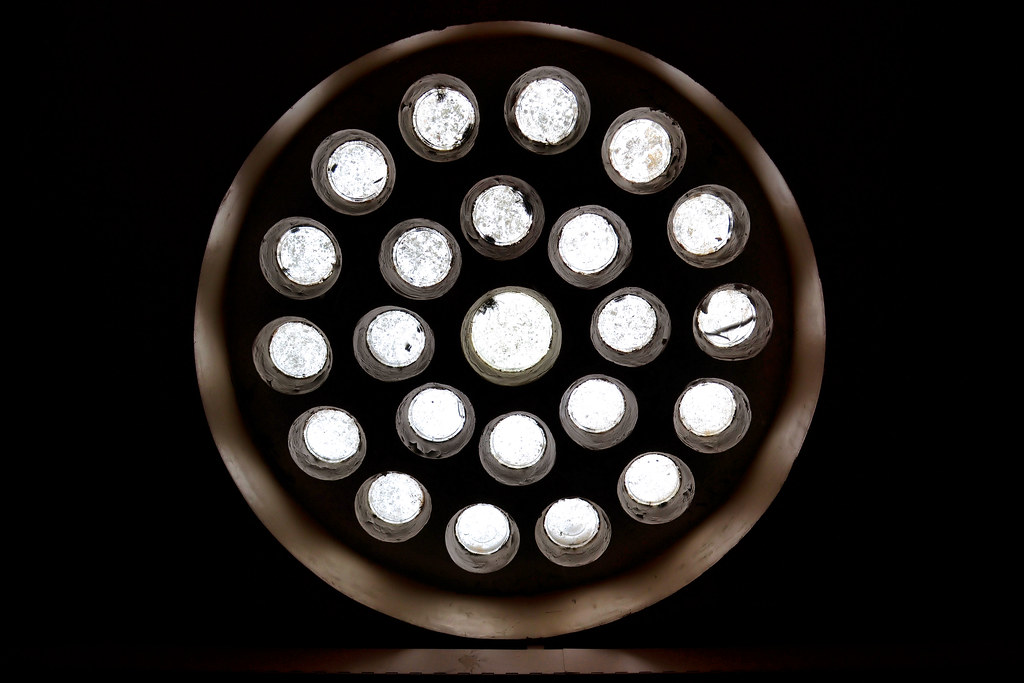The majority of us would welcome more natural light in our houses. A brighter home may also boost one’s mood, and sunshine can improve one’s physical health by raising Vitamin D levels. While most residences receive sunlight during the day, it may not be enough for others. Getting more natural light from above may be a solution for brightening interiors and radically altering the atmosphere of a place. Solar tubes and skylights can help with this. While both aim to bring more light into a space – these roof and ceiling fixtures do it differently.
Light Tube Skylights
Most people are familiar with Light Tube skylights. They are constructed of acrylic, glass, or polycarbonate and are installed on your home’s roof to allow light in. The skylight “windows” have a frameset on the top and are encircled by flashing to avoid leaks. Skylights can range in size from as tiny as a 12 x 12-inch square to as much as 15% of the room’s square space.
Skylights are more challenging to install and frequently need expert carpentry abilities. A skylight is more expensive than a solar tube because of the additional effort required to install it. Skylights start at roughly $1,500 and rise in price based on UV and other coatings, ventilation, shades, and installation.
What is the price of a tube skylight?
Costs for tubular skylights range from $200 to $500. Costs for fixed skylights range from $400 to $1300. Vented skylight can run from $1,000 to $4,000 in price.
Working method
Solar tubes are sheet-metal tubes with a polished interior called sun tubes, sun tunnels, light tubes, or tubular skylights. The inside functions as a continuous mirror, guiding light throughout its length while maintaining the intensity of the morning. It collects light from the sky and beams it into your house.
A solar tube is topped with a weather-resistant plastic globe on your roof. The line terminates in a porthole-like diffuser in a room below. The world collects light from the outside while the diffuser disperses it in a pure white radiance. After a new installation, homeowners often reach for the light switch as they leave a room.
Solar tubes
Solar tubes are pipes with diameters ranging from 10 to 22 inches. The top has a weather-resistant dome that absorbs sunlight and keeps UV rays out of your home. The light is moved through the tube by reflective surfaces. A diffuser mounted on a room’s ceiling generates a dazzling light once it reaches the bottom. Solar tubes, despite their modest size, have a lot of electricity. Three 100W light bulbs can be equivalent to the amount of light they emit.
In terms of cost, solar tubes are simple and affordable to set up. They are an excellent option if you want to reduce your energy usage without making any structural changes because they can be installed in every room of your house. Furthermore, solar tubes have little heat loss or gain due to their reduced size.
Read More: What Are The Types Of MCBs? Its Working, Applications And Benefits
Light Tube Skylights and Solar Tubes: A Comparison
Depending on various criteria, a comparison between solar tubes and skylights is provided here.
· Practicality and Ease
In an existing home, installing a solar tube is not difficult. Although they may not be suited for a roof with a particularly steep pitch, there aren’t many special considerations that must be made. On the other hand, most roofs with a moderate pitch can sustain one, and depend on how the roof and ceiling are positioned, different items and tunnel designs are advised. Even if the attic space between the top and the chamber receives light, they can be fitted. Solar tube installation is best left to professionals, although it is relatively rapid, with setup, flashing, and completion lasting only a few hours or half a day.
While skylights come in various sizes, they are typically significantly more extensive than solar tubes. A substantial amount of carpentry work is necessary, with at least one rafter often removed and others requiring strengthening. It’s also essential to flash and finish around the Skylight, and robust and skilled work is necessary to avoid potential leaks.
· Tube skylights have a lot of advantages
Installing a tube skylight has several advantages. It is also possible for you to do it without the assistance of an outside contractor. It may be provided in any home and offer light even in the darkest areas. Tube skylights are likewise low-energy. They may drastically lower your home’s energy usage by minimizing your reliance on artificial illumination. Tube skylights generate more light than regular skylights, although being more energy-efficient. Their distinctive translucent dome can optimize the quantity of light disseminated indoors.
Traditional skylights lack thermal insulation, allowing outside heat to enter the structure. On the other hand, Tube skylights are modest and feature an insulated shaft, so they prevent heat loss in the winter and gain in the summer. Because tube skylights are flexible and can bend over impediments in the building, they may also provide light to lower floors. They may also be up to 100 feet long, which allows them to travel through many stories and bring natural light from above. These lights are also cost-effective due to their tiny size and modular construction. The installation is straightforward, and no significant structural alterations are necessary. They’re also meant to be damage, leak, and impact-resistant, making them long-lasting and durable.

